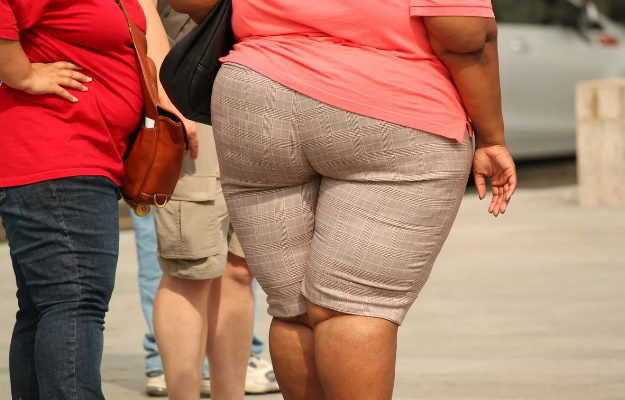Painful Fat Syndrome or Lipedema is a chronic condition in which abnormal build-up of fats causes “symmetric enlargement” of both the legs and the lower body. This condition should not be confused with obesity: though it is often seen in overweight or obese people, it does not go away even when they lose weight.
Lipedema literally means fluid in fat. Symptoms include fat accumulation in the thighs, legs and hips; sometimes to the extent that it makes the skin tender and painful. The condition is more common in women than in men. Some patients with this condition can have a thin upper body but fat accumulation on their thighs and buttocks.
Often, women with this condition have big arms and thighs, but their hands and feet don’t have fat accumulation. The result: thinner bands where their legs meet the feet and just above the wrist.
Though doctors don’t yet know the exact cause of lipedema, patients have been known to pass it on to future generations. Hormonal changes in the body, like at the onset of puberty, during pregnancy or during menopause, have also been associated with this condition.
Diagnosis is hard because the condition often looks a lot like ordinary fat gain. There are some telltale signs, though. For example, unlike many other edemas (build-up of fluid under the skin), lipedema gives rise to non-pitting swelling: the flesh doesn’t dimple when you poke the swollen area but bounces right back. The swelling also doesn’t go down by elevating or resting the legs. People with lipedema bruise easily.
Though there are therapies available to improve the flow of lymph in the body, the most successful treatment for lipedema so far has been weight-loss surgeries like tumescent liposuction. Using compression stockings and massages may also help some patients get relief from the pain.

 Doctors for Lipedema
Doctors for Lipedema  OTC Medicines for Lipedema
OTC Medicines for Lipedema





























